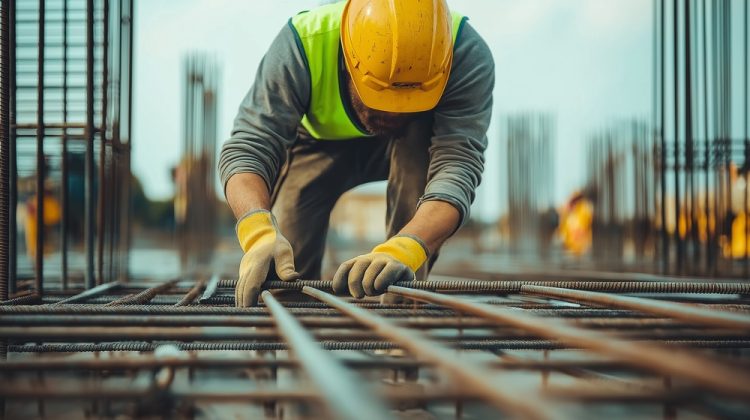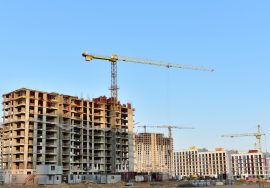
Prefabricated Low-Carbon Buildings for Green Construction
Prefabricated Low-Carbon Buildings: The Future of Sustainable Construction
As the world moves toward greener development, prefabricated low-carbon buildings have emerged as a powerful solution for sustainable construction. Prefabrication reduces on-site waste, speeds up timelines, and dramatically cuts emissions. When combined with low-carbon materials and technologies, prefabricated low-carbon buildings offer a modern, efficient, and environmentally responsible way to build residential, commercial, and industrial structures.
What Are Prefabricated Low-Carbon Buildings?
Prefabricated low-carbon buildings are structures constructed using factory-made components that are transported to the site and assembled efficiently. These buildings reduce carbon emissions through:
-
Use of low-carbon materials
-
Lower energy consumption during manufacturing
-
Minimal construction waste
-
Faster onsite assembly
-
Improved energy performance
By combining prefabrication with sustainable design, prefabricated low-carbon buildings significantly reduce the environmental footprint of the construction process.
Why Prefabricated Low-Carbon Buildings Matter
1. Reduces Carbon Emissions
Traditional construction emits large amounts of CO₂ due to cement production, transportation, and on-site activities. Prefabrication minimizes these impacts by using controlled factory environments and efficient material usage.
2. Faster Construction with Less Waste
Because components are manufactured off-site, waste is reduced by up to 60%. Prefabricated low-carbon buildings ensure precision, efficiency, and waste reduction at every stage.
3. Energy Efficiency and Better Performance
These buildings often include features like better insulation, airtight construction, and eco-friendly materials. This results in lower energy consumption and long-term savings.
4. High Durability and Quality
Manufacturing in controlled conditions ensures superior quality compared to traditional on-site construction methods.
Key Materials Used in Prefabricated Low-Carbon Buildings
Engineered Timber
Cross-laminated timber (CLT) and laminated veneer lumber (LVL) are lightweight, strong, and carbon-absorbing.
Recycled Steel
Using recycled steel reduces the need for energy-intensive mining and benefits low-carbon design.
Lightweight Concrete
Low-carbon concrete alternatives such as fly ash concrete or geopolymer concrete enhance sustainability.
Natural Insulation
Materials like hemp, cellulose, and cork improve building efficiency and reduce embodied carbon.
Design Principles of Prefabricated Low-Carbon Buildings
Modular Construction
Modules are built in factories and assembled on-site like building blocks. This reduces errors and speeds up the process.
Passive Design Integration
Ventilation, daylight optimization, insulation, and shading systems reduce operational carbon emissions.
Renewable Energy Integration
Solar panels, energy-efficient HVAC systems, and smart controls help maximise savings.

Low-Carbon Buildings in India
India is rapidly adopting modular and low-carbon construction technologies due to increasing urbanisation and sustainability goals. Sectors like affordable housing, healthcare, hospitality, and education are seeing fast adoption.
Government initiatives encouraging green buildings, waste reduction, and renewable energy integration further support prefabricated low-carbon buildings.
Steps to Implement Low-Carbon Buildings
To adopt these solutions effectively, developers should:
-
Conduct a carbon footprint analysis
-
Choose suppliers offering low-carbon prefab components
-
Integrate renewable energy systems
-
Use sustainable materials and recyclable components
-
Train workers in modular assembly
-
Conduct regular inspections for quality and performance
Conclusion
Low-carbon buildings are reshaping the future of construction. They deliver faster project timelines, reduced emissions, and superior energy performance—making them a top choice for environmentally responsible development. As India aims for greener cities and low-carbon infrastructure, prefabricated technologies will play a crucial role in building sustainable, resilient, and efficient structures for the future.
Read more related articles to enhance your knowledge and make informed decisions
Cost-Effective Modular Construction: Fast, and Sustainable Building Solutions
Smart Modular Buildings: Innovative, Efficient, and Sustainable Construction








